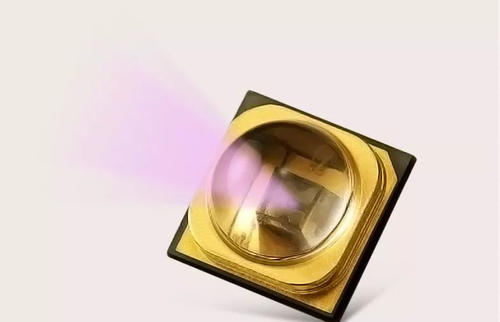To solve the serious health problems caused by strong ultraviolet radiation, it can confirm the deep ultraviolet radiation from the daytime, and provide a comfortable and convenient evaluation basis. Suppose they sometimes forget to take sun protection measures before exploring outdoors, or they may not realize the intensity of the sun rays when they first arrived, and they are vulnerable to sunburn. Wearable devices that can notify users of the UV radiation intensity of the environment can help users avoid the discomfort and danger caused by accidental sunburn.

The UV sensor can also remind users to reapply sunscreen based on long-term UV exposure. For these reasons, wearable computing products with UV index sensors (such as fitness trackers and smart watches) are beginning to appear in the consumer electronics market.
Although industrial UV sensors are widely used, these sensors mainly focus on artificially generated bands, usually in the UVC range, to ensure that industrial workers are not affected by UVC radiation used to sterilize tools and equipment. The UV index sensor used in wearable devices or smartphones (shown in Figure 3) is designed to focus on the UVA and UVB ranges and how these wavelengths affect our skin based on the CIE erythema spectrum.